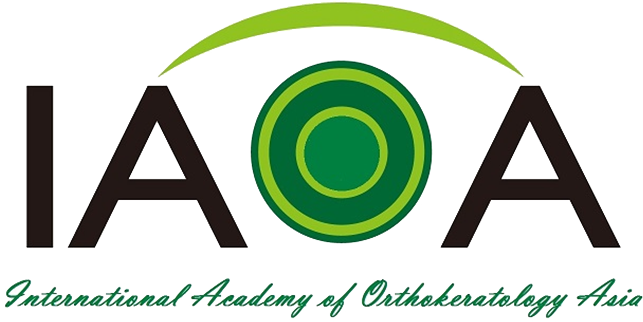What Is Myopia?
Even though you can see nearby objects clearly, you cannot see distant objects clearly.
Myopia is a condition in which you can focus on nearby objects, but distant objects appear blurry.
With normal vision (meaning that you don’t need glasses or contact lenses), you can see distant objects clearly because the “screen” at the back of your eye, your retina, is in focus.

However, as myopia worsens, the focal point comes further and further forward, away from the retina.
One of the causes of worsening myopia is thought to be that as the body grows, the eyes get larger and longer.
The inability to see distant objects can interfere with daily life, so myopia correction is important.
Trends in Myopia
The world is currently entering an era that has been called the “myopia epidemic.” It is estimated that the global population of nearsighted people will continue to increase. By 2050, one in two people will be nearsighted, and one in ten will be severely nearsighted.
(Holden, B.A., et al., Ophthalmology, 123(5), 2016)
Severe myopia in particular is thought to induce a variety of eye diseases, including retinal detachment and cataracts.
Some Asian countries — Singapore, Taiwan, South Korea, and Hong Kong in particular — are seeing a rapid increase in myopia. Surprisingly, the myopia rate among minors has quadrupled over the past 60 years or so compared to 1950s levels. One reason for this is that lifestyles have changed over time and people are spending less time on outdoor activities.
(Elie Dolgin, Nature, 519, 2015)
As a measure to prevent myopia, some Asian countries, such as Singapore, have incorporated time for outdoor activities into their school curriculum.
Global Nearsighted Population - Current Figures and Forecast
In order to lower your child’s chance of acquiring vision-threatening eye illnesses later in life, myopia management is a therapy regimen that aims to control myopia and keep the amount of myopia as low as feasible. It has been demonstrated that myopia control can stop the progression of myopia by up to 78%. The use of eyeglasses, contact lenses, and eye drops—all of which have been scientifically shown to help in the control of myopia progression—can be part of myopia management.
Differences from Other Vision Correction Methods of Ortho-K Lenses
| method | Vision correction method | Advantages | Disadvantages |
|---|---|---|---|
| Orthokeratology lenses | Putting the lenses in at bedtime changes the front surface of the corneas to a slightly flatter shape, which improves unaided decimal visual acuity after the lenses are taken out. |
|
|
| Glasses | The degree of refraction is changed with the use of glasses (lenses). |
|
|
| Contact lenses (for correcting visual acuity) |
Worn on the corneas throughout the day while the person is awake. The degree of refraction is changed by the lenses. |
|
|
| LASIK | A laser removes corneal tissue to change the degree of refraction. (It changes the shape of the corneas.) |
|
|
Note: Advantages and disadvantage above are just examples.
